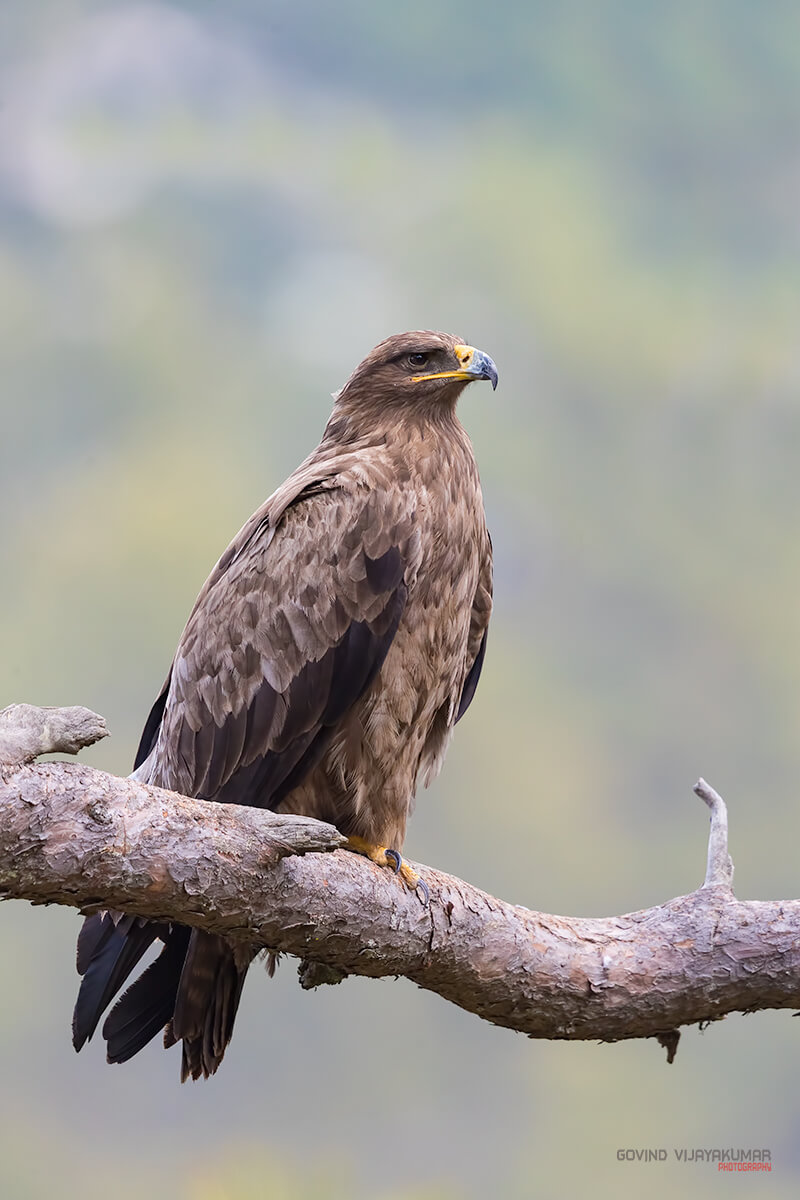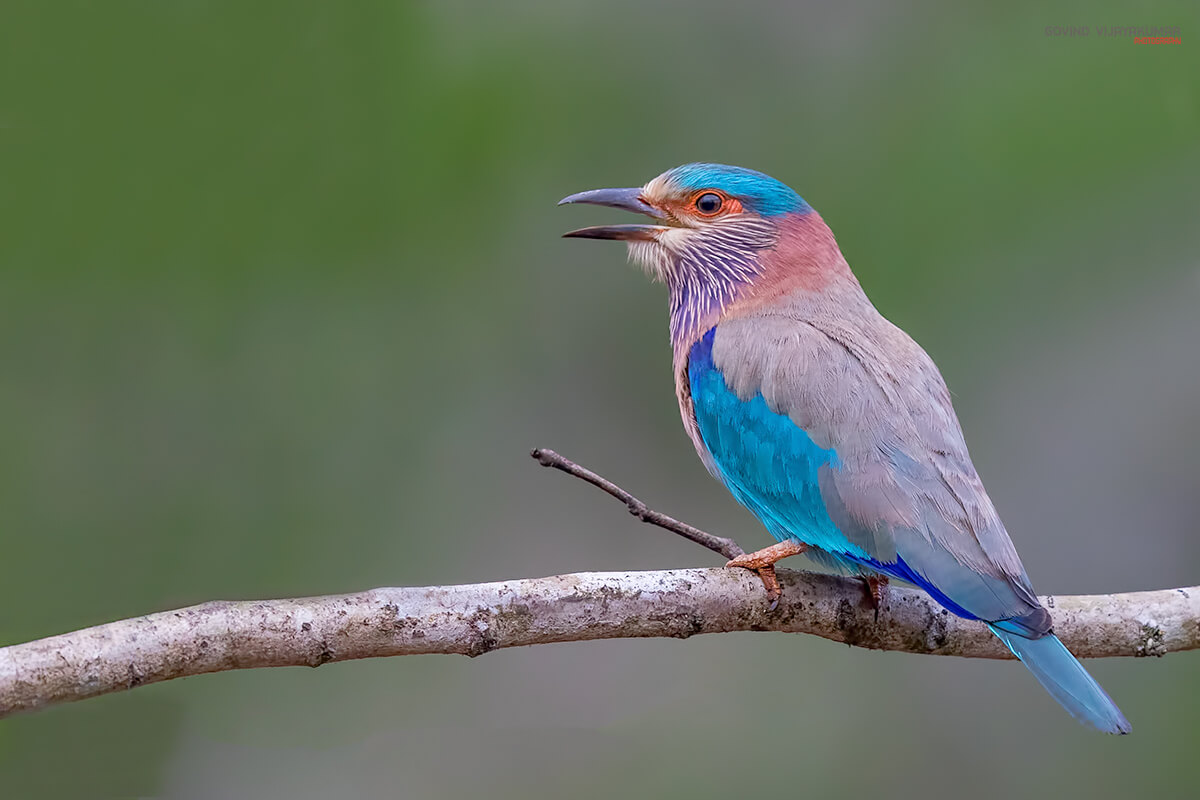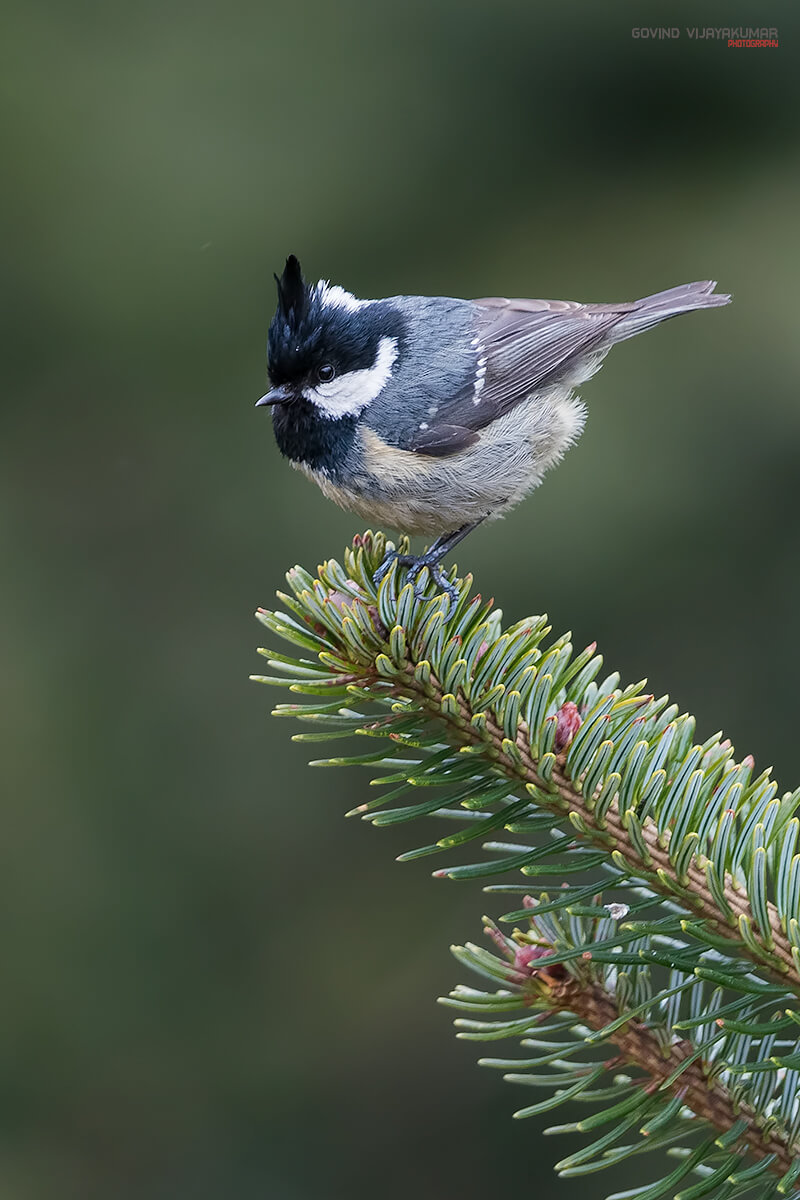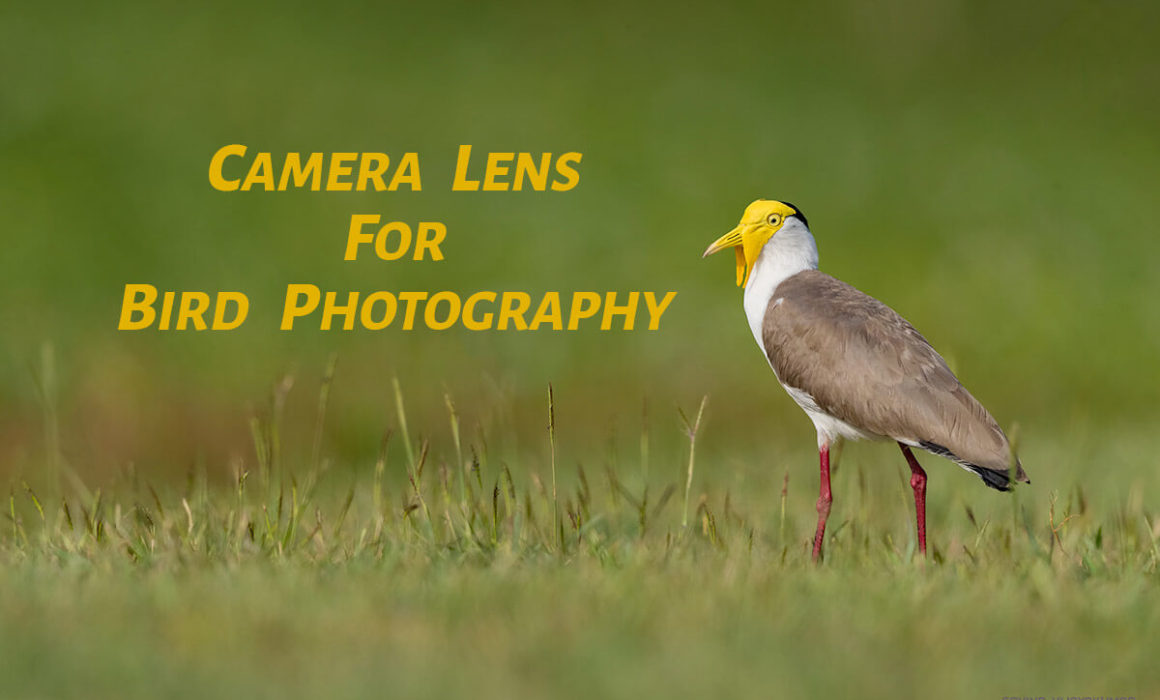9 Tips to Choose Best Camera Lens for Bird Photography
If you are planning to purchase a camera lens for bird photography need to ensure you are buying the right one. In this guide, I will share the different factors you need to consider before buying a lens for bird photography.
1. Budget
It is the first and the main factor which decides what range of lenses to go for. If you have a higher budget you can go for high-end telephoto prime lenses.
You can even use the 55-250 mm lens if your budget is low. It is the cheapest camera lens for bird photography. You can use it for photographing large birds.
If you don’t have a budget constraint, I will recommend buying a 500mm, 600mm, or 800mm prime lens. Prime lenses are costlier when compared to zoom lenses.
2. Zoom Lens Vs Prime Lens

Both, the zoom and prime lens has got its own advantages as well as disadvantages.
A zoom lens gives you the flexibility to compose your photographs because of its variable focal length. It comes at the cost of image quality.
The prime lens gives you the best image quality. But, prime lenses are costly when compared to zoom lenses. From my personal experience, a prime telephoto lens is one of the best camera lens options for bird photography.
3. Slow lens Vs Fast Lens
Slow lenses are a cost-effective solution when the lighting conditions are good.
Fast lenses are effective in low light conditions. A fast lens will give you one or two additional stops of light, which helps you to photograph subjects at lower ISO values in low light. Thus, the image will have fewer grains.
4. Weight of Lens
You must also consider the weight of the lens. If you want to photograph birds during a trek, carrying a heavy lens won’t be a good choice. You must be comfortable with the weight of the lens.
Prime lenses are heavier when compared to zoom lenses. But you can’t match the image of a prime lens with a zoom lens.
So, go for prime only if you can manage its weight along with the camera. Nowadays, camera manufacturers are focussing on reducing the camera lens weight.
5. Handheld Vs Tripod

Certain photographers take photos handheld whereas others use tripods or monopods. P
Photographers using a tripod can go for the heavier telephoto prime lenses. I recommend using telephoto zoom lenses or lightweight prime lenses like the 300mm f4 for handheld bird photography.
You can also use the new 500mm f4 from Canon/ Nikon/ Sony for handheld shots if you can balance the weight.
6. Are you Planning to use a Teleconverter
If you plan to use a Teleconverter along with your lens, go for a prime lens.
If you use a teleconverter with a zoom lens, the picture quality will not be good. I recommend using teleconverters with your telephoto prime lenses if you photograph birds with a full-frame camera.
If you use a 1.4x teleconverter, you will lose 1 stop of light, and 2 stops of light when you use a 2x teleconverter.
Only certain crosshair and double cross-hair focusing sensors will work when you plug in a teleconverter. So, you need to check with all the focusing points to know which will work with your camera.
7. Third Party compatible Camera Lens for Bird Photography
Third-party lenses which are compatible with your camera mount are a good option.
There are certain telephoto zoom lenses from third-party vendors like Sigma and Tamron that offers similar image quality. The only thing to double-check here is that you order the correct mount (Canon/ Nikon/ Sony mount).
There will be some reduction in the camera autofocusing speed when you use third-party lenses. I am not comfortable using a third-party camera lens for bird photography.
8. Photographing Large Birds Vs Small Birds

If you are only interested in shooting large birds like Flamingos, Storks, or Pelicans, you don’t have to go for a higher focal length like 600 mm or 800mm.
You can use a 70-300mm lens or a 150-500 mm lens for bird photography.
If you are interested in photographing large and small birds, you will need a focal length greater than 500mm. You can either make use of a teleconverter to increase the focal length. The other option is to go for a 600mm or 800mm focal length.
9. Full Frame Vs APS-C Camera
The sensor size of your camera also needs to be considered before buying a camera lens for bird photography. If you are using a half-frame camera body then you will get an additional crop factor benefit for focal length.
A 500 mm lens on a Canon APS-C camera would become an 800mm focal length. Canon half-frame comes with a crop factor of 1.6. So focal length gets multiplied by 1.6.
For a Nikon Crop body, the crop factor is 1.4. So the effective focal length would be 700mm.
Thus, using an APS-C camera body gives you the benefit of higher focal length, hence more range. But this comes at a price of lower image quality when compared to full-frame camera bodies.
Final Thoughts
Choosing a camera lens for bird photography is really tough nowadays. It is because of the wide range of different types of camera lenses available from different manufacturers in various price ranges.
So, listing out your choice based on these factors will help to choose the right lens for bird photography.


Hello sir !! i am a student use to click photos some of the birds as well as animals …. Due to my mba i am fully concentrate on my interest but i manage to click some the clicks …. sir if you don’t mind can i send you some of my click and please recommend me how to improve in wildgraph photography .!
Thank you for your time.
Thanks for going through the article Shivam. You can send me your wildlife photographs. I will share my views on the photographs
Very good information sir
Thanks Shuja for reading the article
Very informative
Waiting to read more from you.